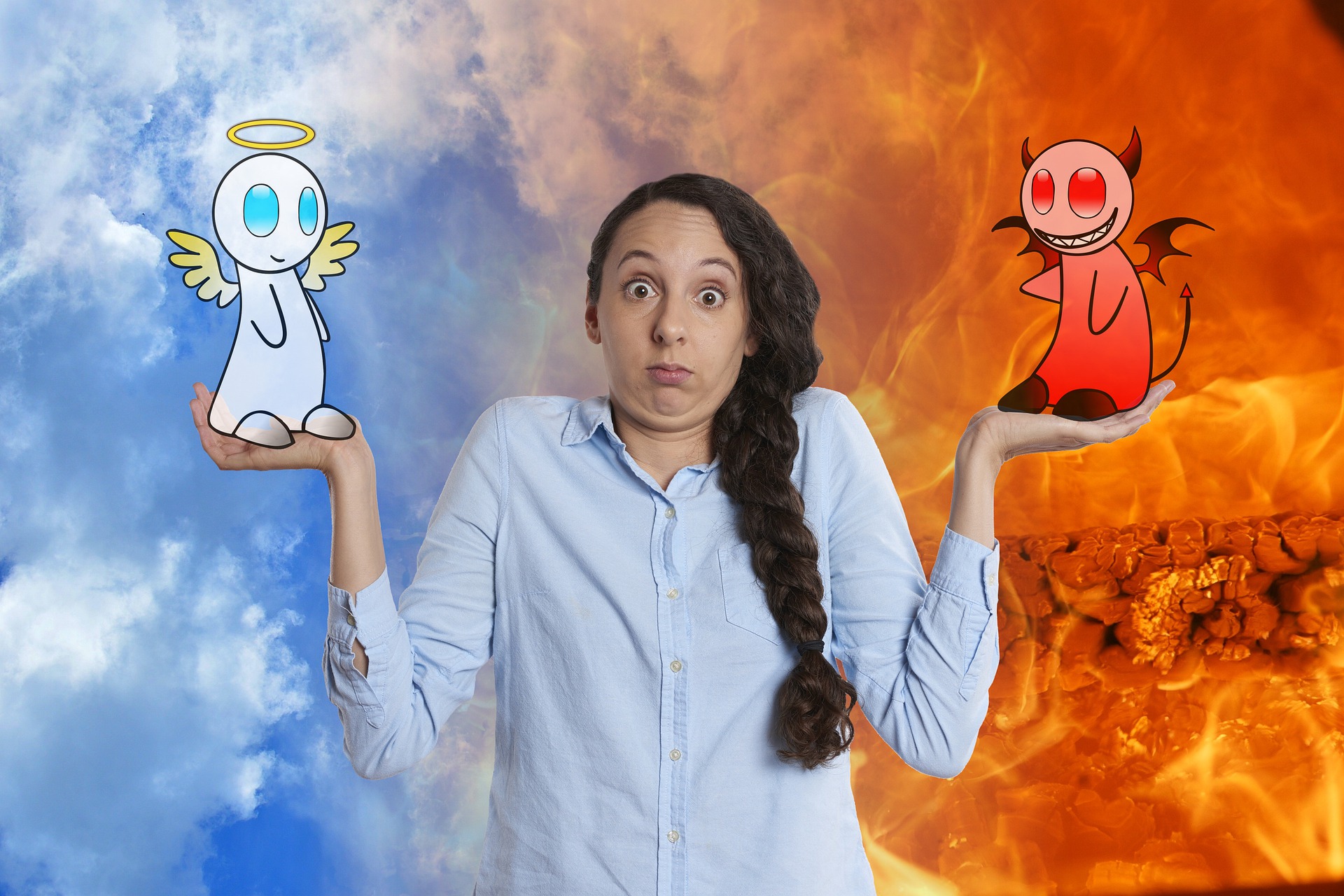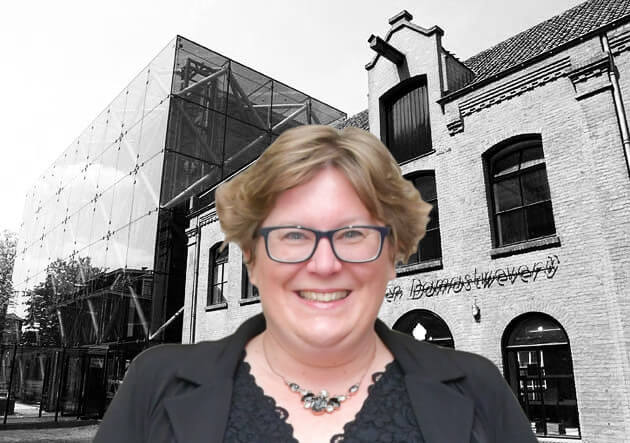
Over the past decade, technology has often been labeled as disruptive. This is a characterization with a highly technophobic undertone. Personally, I prefer to focus on the opportunities and capabilities that technology has to offer. Especially now since we’re confronted with a disruption of unprecedented magnitude on a global scale – COVID-19 – it has become clear that technology is the link that connects it all. At present, technology is virtually the only option where human interconnectivity is concerned. Whereas most people had never heard of Microsoft Teams or Zoom the week before, a week later you saw that Teams and Zoom, in addition to toilet paper, soap and paracetamol, had become the basic necessities of life. So, people need technology in times of actual disruption. People exhibit different behaviors in a crisis and therefore have different needs.
One big experiment
This shift in human behavior in times of crisis is more than just fascinating. Apart from all the horrors that corona entails, it also represents one huge and natural experiment. How will people behave when they suddenly have to socially distance themselves from each other? The conduct that people will engage in during such a huge natural experiment depends largely on how an experiment is framed.
A good example of the correlation between framing and behavior is the experiment which is now well-known as ‘Das Experiment.‘ An experiment that was even filmed because of its startling outcomes. The Stanford Prison Experiment, as the experiment is actually originally called, shows that when you give individuals another framework, in this case the framework of a prisoner or of a guard, they start to show completely different behavior as a result of this framing.
Tversky and Kahneman’s Framing of Decisions and the Psychology of Choice
Yet an even better example, and one which merits less ethical controversy, is the experiment conducted by Nobel Prize winner Daniel Kahneman back in the 1970s. In this experiment, Kahneman, together with his good scientist friend Amos Tversky, explores the impact of framing on people’s behavior where making choices is concerned. For the experiment, the following context is presented:
Imagine the US is preparing for the outbreak of an unusual Asian disease, which is likely to kill 600 people. Two separate programs are proposed for combating the disease.
Aside from Bill Gates with his prophetic Ted Talk from 2015, Tversky and Kahneman also belong in the ranks of visionaries. They were already talking around forty years ago about the outbreak of an Asian disease where people would die on other continents. The crux of their experiment lies in the way they described the two programs that were designed to combat the disease. They made two variants of them. In the first variant they described the two programs as follows:
- A: This program will save 200 people.
- B: With this program there is a 1 in 3 chance that all 600 people will be saved and a 2 in 3 chance that no one will be saved.
The expected economic outcome is the same for both programs. After all, the expected outcome for program B is that 200 lives will also be saved (1/3 x 600 + 2/3 x 0). The difference is that this expected outcome is achieved without any risk in program A. Whereas a risk factor is built into program B. Given that most people are averse to risk, they tend to choose program A (72 %). The programs were framed differently in the second variant:
- A: With this program, 400 people will die.
- B: In this program there is a 1 in 3 chance that no one will die, and a 2 in 3 chance that all 600 people will die.
These two programs are identical to the previous two. After all, if you save 200 out of 600 people, 400 will automatically die. The results are exactly the same, except that the framing is different. Instead of saving lives, we are now talking about losing lives. When there is something to lose, people suddenly show completely different behavior. They immediately no longer shy away from the risks. In fact, they seek out risks because they hate the idea of losing so much that they do everything in their power to prevent it.
This is pretty much the standard behavior you see in casinos. But you also see that behavior with the outbreak of an Asian disease. In the second variant, the majority (78 %) opt for the more risky program B. So, despite the fact that the choices are actually identical, people tend to behave differently when you frame the options in terms of fatalities rather than lives saved. You can probably imagine how remarkable I think it is that in all the daily statistics about COVID-19, you can find the number of deaths per day and the number of hospitalizations per day, but you can’t find the number of recoveries per day anywhere.
Transmission as a result of human behavior
This column is a plea for including psychologists and behavioral scientists in every Corona crisis management team. On an ( inter)national level, on a regional level, but also on an organizational level. In his Ted Talk back in 2015, Bill Gates makes a case for a ‘global health system.’ This entails setting up a specialist team of virologists and biologists which is thoroughly prepared to deal with epidemics. My wish would be that this team also includes psychologists and behavioral scientists. After all, the spread of viruses does not happen all by itself but is the result of human behavior. Therefore, in order to prevent the spread of viruses, we need people with an understanding of human behavior on the frontline.
This column is also an appeal for the spreading of knowledge instead of viruses. The research described here, and a wonderful series of other experiments that together form the Prospect Theory, earned Kahneman the Nobel Prize in Economics. It is my personal conviction that it is precisely at the time of this Corona disruption that everyone should have a look at this research. Only with proper exposure to knowledge can we prevent virus infections.
About this column
In a weekly column, alternately written by Bert Overlack, Mary Fiers, Peter de Kock, Eveline van Zeeland, Hans Helsloot, Lucien Engelen, Tessie Hartjes, Jan Wouters, Katleen Gabriels, and Auke Hoekstra, Innovation Origins tries to find out what the future will look like. These columnists, occasionally supplemented with guest bloggers, are all working in their own way on solutions for the problems of our time. So tomorrow will be good. Read all previous articles in the series here.


